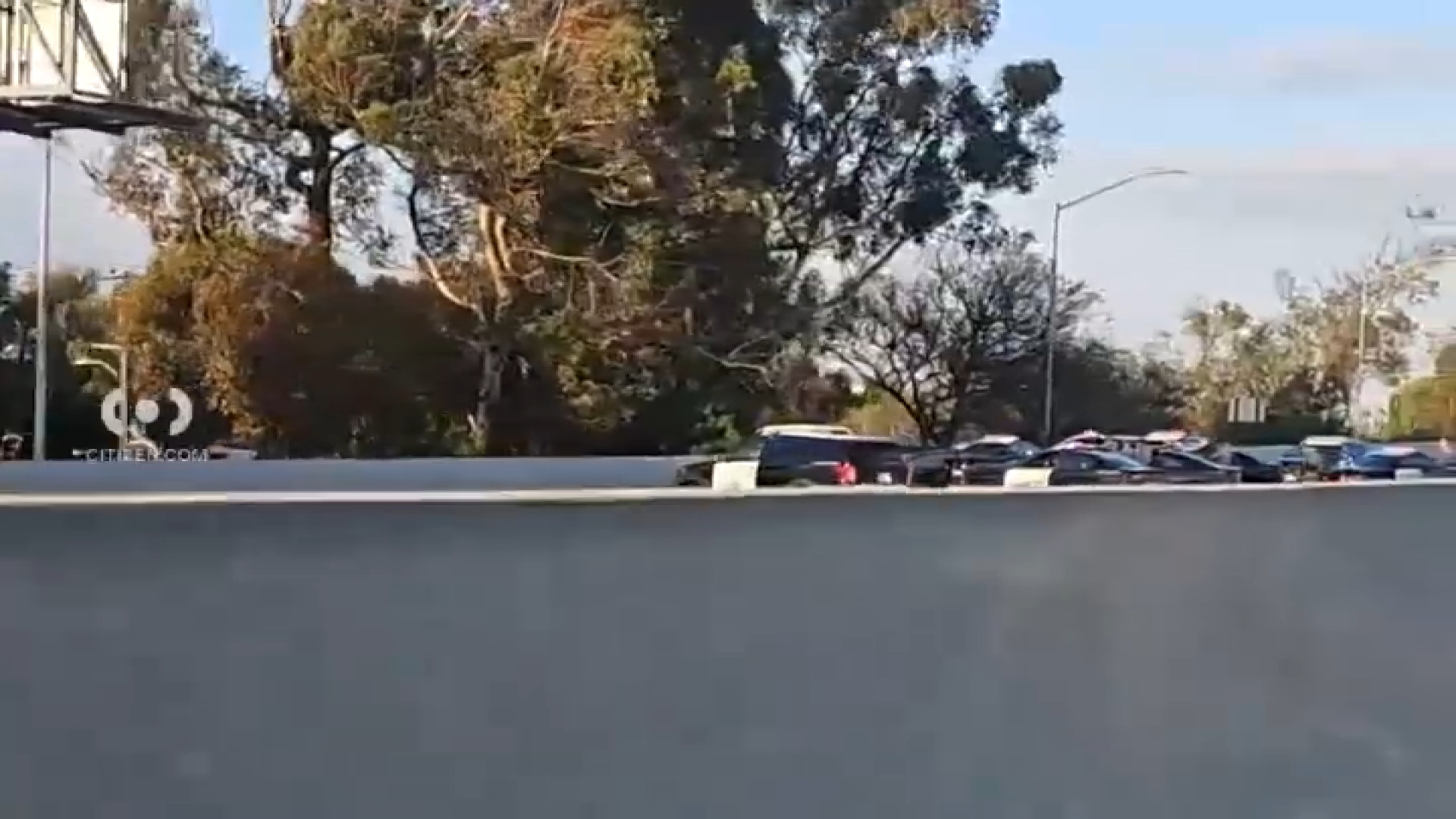A few months ago, scientists from NASA and Chapman University were watching satellite images of Southern California wilderness for signs of fire hazards when they came across a troubling development.
An unusual mix of brief January rains and long-term drought had created a bloom of vegetation that was drying out and becoming fire-prone. Abnormally high temperatures and high winds were exacerbating the threat.
The findings pointed to “a potentially volatile Southern California wildfire season,” the scientists announced.
The warning now appears to be accurate: California is suffering through a particularly destructive year.
The California Department of Forestry and Fire Protection has recorded more than 2,200 wildfires since Jan. 1 in the shrubland and other low-lying wildlands near heavily populated areas under its protection, with more than 50,000 acres burned. At this point last year, there had been about 1,500 fires and about 10,000 acres burned, slightly higher than average.
"Typically you start to go into the high danger level, the red level, by late July," said Son Nghiem, one of the scientists at NASA's Jet Propulsion Laboratory who noticed the growing danger. "From the satellite data we could see that we had already reached that high danger level condition by May."
The other major fire agency, the U.S. Forest Service, has not seen a similar uptick, at least not yet: 321 fires and about 40,000 acres burned, below its 10-year average. Its jurisdiction mainly encompasses mountainous forests, where the fire season doesn't typically get rolling until later in the year.
Local
Get Los Angeles's latest local news on crime, entertainment, weather, schools, COVID, cost of living and more. Here's your go-to source for today's LA news.
The Forest Service has been setting contained fires and thinning vegetation in an effort to keep larger fires from burning out of control. Still, its domain includes some of this season's biggest blazes, such as the 22,242-acre Powerhouse Fire that has scorched the Angeles National Forest and the 3,560-acre Hathaway fire in San Bernadino National Forest.
Experts warn that the spring's dry, warm, windy conditions—at levels that aren’t typically seen in Southern California until midsummer—also mean a faster melting of high-elevation snowpack, and in turn an earlier drying-out of vegetation that fuels fires.
“We could have a potentially long and terrible fire season because of that,” said Max Moritz, who runs a fire research lab at the University of California at Berkeley. “We’ve got all these different conditions in a variety of ecosystem types lining up for what appears to be a pretty bad year.”
The conditions seem to have been building for quite a while.
California has been experiencing lower-than-average rainfall for about eight years, which pushes up the dry season and raises the risk of wildfires, NASA climatologist Bill Patzert said. At the same time, more people have moved into so-called “fire corridors” where they’re more likely to accidentally spark a fire.
While nature provides the fuel and sets the conditions for wildfires, people usually provide the spark. About 95 percent of wildfires are triggered in some way by human activity, officials say.
This year's combination of aggravating environmental factors—dryness, heat, and the unusual arrival of warm, dry Santa Ana-like winds that typically pester the region in the fall—make ignition more likely, whether by lightning strike, lawn mower mishap or errant cigarette.
“You ain’t seen nothing yet," Patzert said. "All the pieces are in place."
Officials recommend that residents who live near wildlands buffer their property by clearing brush and not mow dry grass.
Making things potentially more difficult are the state’s budget problems. Cal Fire has laid off hundreds of seasonal workers who typically supplement summer fire engine crews. The state canceled a contract with a company that supplied tanker planes, and now the company sends them only occasionally. But Cal Fire spokesman Daniel Berlant said his agency remained able to fully staff its existing trucks and aircraft.
Cal Fire remains unable to run night-flight helicopter operations because of safety concerns for its Vietnam War-era fleet, Berlant said. The agency is looking into buying more modern choppers.
The U.S. Forest Service, which was criticized for its handling of the deadly 2009 Station fire, is reportedly in the process of starting night flights.
But perhaps more troubling than the current threat is the long-term trend, which many ascribe to climate change, showing gradually rising temperatures and faster melting of mountain snowpacks.
“We’re definitely seeing longer summers, combined with dryer summers, those all add up to allowing a fire to burn rapidly and intensely,” Berlant said.
He pointed out that 11 of the 20 largest fires in California history have happened in the past 10 years.
It’s not just California. Until the 1990s, it was common to see 4 million acres burn in wildfires each year across the country, with maybe one or two years in which up to 6 million acres burned. But in the last decade, the number of burned acreage has topped 9 million three times, said Randy Eardley, spokesman for the National Interagency Fire Center, which tracks all wildfires in America. Seven of the worst fire years in recorded history happened since 2000, he said.
From a national perspective, this spring's destruction in Southern California, along with terrible blazes in Colorado and New Mexico, have been balanced out by an unseasonably wet spring in the Southeast, driving the overall number of wildfires down so far this year.
But forecasters expect the problems in the Southwest to soon begin spreading to Northern California, Oregon and central Idaho, Eardley said.
By 2050, wildfires are expected to increase by 50 percent nationwide and by 100 percent in areas of the West, according to the Forest Service. Some of that has to do with humans’ continued encroachment on wildlands. But there is emerging evidence that climate change is to blame as well.
Forest Service scientists recently revealed that emissions from wildfires contributed to the greenhouse effect that traps heat in the atmosphere, making climate change even worse.
Firefighters and scientists are working to meet the challenge. That is what motivated Nghiem and his colleagues at NASA and Chapman University to share satellite data of rainfall and vegetation growth to predict where Southern California's next fire hotspots will develop. They hope to share their research information with firefighters, to make it easier to do their jobs.
"We can tell the fire departments that this particular region is quite dry and you should watch out," said Menas Kafatos, who runs Chapman's Center of Excellence in Earth Observing.
That could help save property, and lives.



